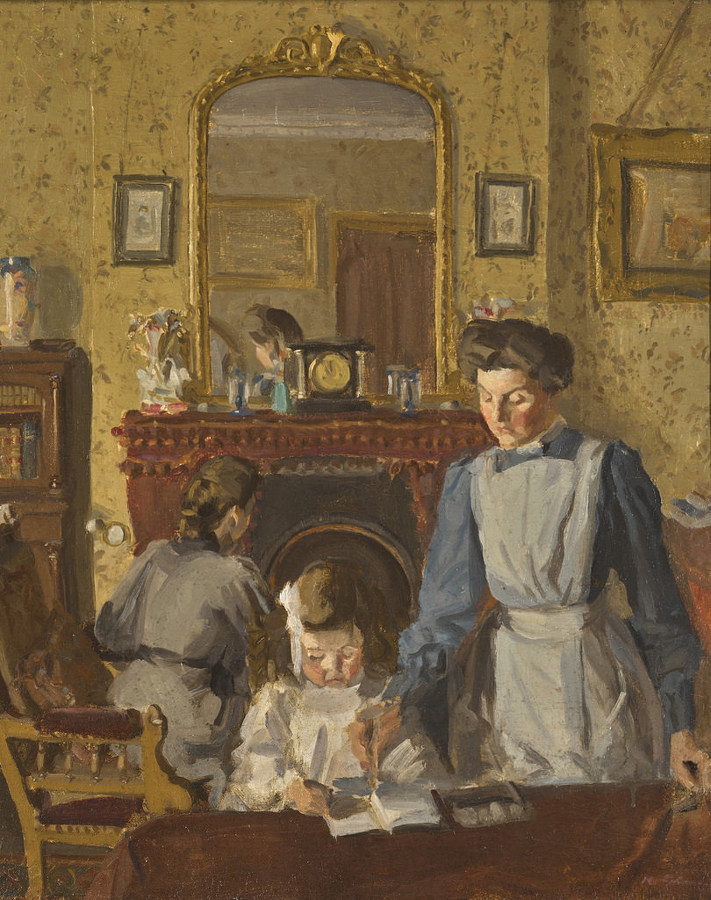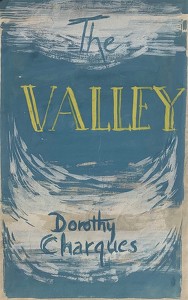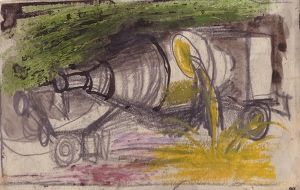

1876-1919
In the Nursery at Snargate Rectory
Ref: 1129
Signed l.r.: H.Gilman
Oil on canvas, 54 by 44 cm
Provenance: The Estate of the Artist, from whom acquired by Lord and Lady Walston in 1955; Their sale, Christie's London, 6th June 2003, lot 14
Exhibited: Colchester, The Minories, Harold Gilman, 1876-1919, An English Post-Impressionist, 1st - 29th March 1969, cat. no.10, illustrated, with tour to The Ashmolean Museum, Oxford and Graves Art Gallery, Sheffield (as Interior); Stoke on Trent, City Museum and Art Gallery, Harold Gilman 1876-1919, 10th October - 14th November 1981, cat. no.8, illustrated p.44, with Arts Council tour to York City Art Gallery, York; Birmingham Museum and Art Gallery, Birmingham, and Royal Academy of Arts, London (as Interior);
London, Christie's, The Painters of Camden Town, 1905-1920, 4th - 24th January 1988, cat. no.28 (as Interior).
Literature: Maureen Connett, Walter Sickert and the Camden Town Group, David & Charles, Newton Abbot, 1992, p.45, illustrated (as Interior (showing Grace and the Children)).
The rectory at Snargate on Romney marsh in Kent was the home of Gilman's father who was rector of the parish there until his death in 1917. Several important early interior scenes were executed by Gilman there including the present work, Edwardian Interior (Tate Britain) and Interior (Southampton Art Gallery). This painting’s location has traditionally been identified as the nursery, although the room depicted, with its carefully arranged ornaments and pictures, is almost certainly the rectory’s drawing room. The scene depicts the artist's first wife Grace with her back turned to us as she stokes the fire. To the front of the composition is the maid, Sarah, reading a book with Gilman's younger daughter Hannah (b.1905). Gilman’s interior scenes are some of the most remarkable in British art from the first two decades of the twentieth century. The earlier subtle subdued influences of artists such as Bonnard which help lend this painting its beautiful “golden” tone, would later give work to the stronger colours of post impressionism seen in his work of the 1910s. We are grateful to James Beechey for his assistance.
 SOLD
SOLD



